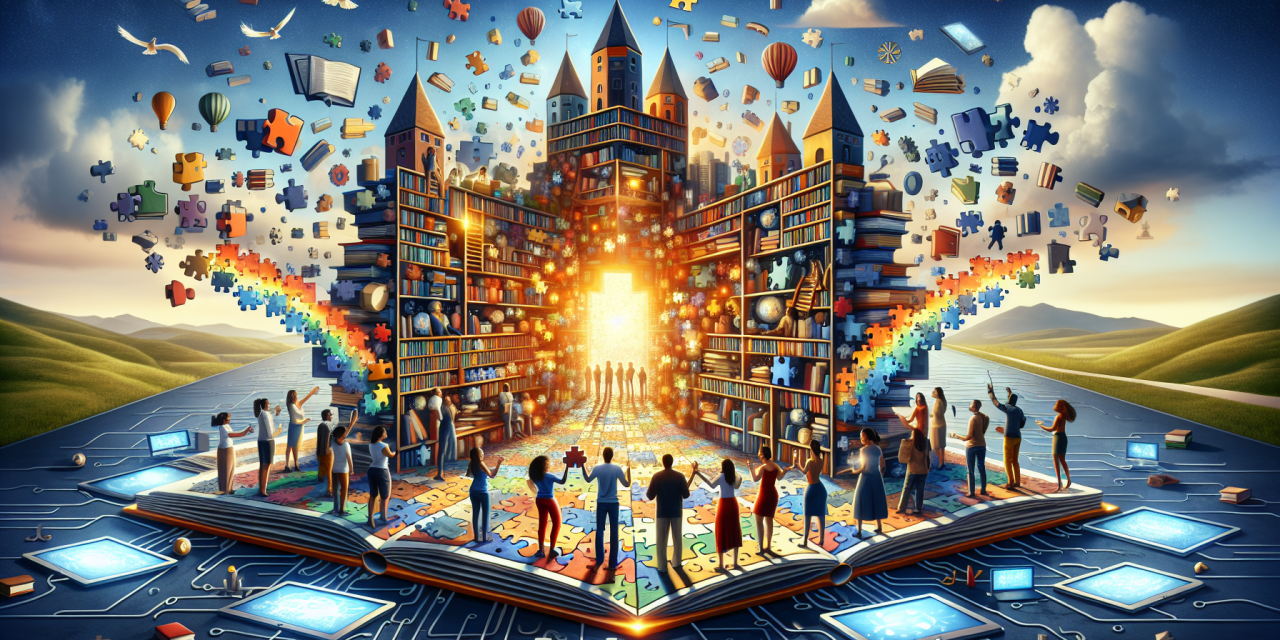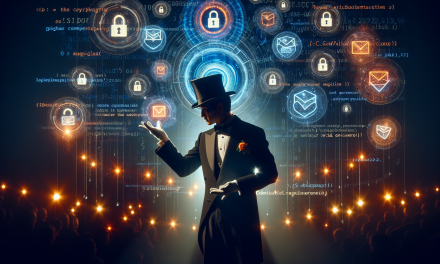Picture this: twenty-three years ago, Jimmy Wales and Larry Sanger had what seemed like a wild idea. What if anyone, anywhere, could write an encyclopedia? Not just experts with fancy degrees, but literally anyone with internet access and something to contribute. Most people thought they were bonkers. “The internet is full of trolls!” critics warned. “It’ll be chaos!” they predicted.
Fast forward to today, and Wikipedia has become the world’s largest collaborative project—and arguably its most successful. With over 62 million articles across 300 languages, it’s like having a library the size of a small country that never closes, never charges fees, and gets updated in real-time. Every month, billions of people turn to Wikipedia for everything from homework help to settling dinner table debates.
But here’s the truly mind-blowing part: this massive treasure trove of knowledge was built by volunteers. No corporate headquarters, no teams of paid writers churning out content. Just regular folks who decided to share what they know. It’s like if your entire neighborhood got together to build a house, except the neighborhood includes the whole planet, and the house turned out to be a magnificent castle.
Origins
When Wikipedia launched in 2001, the concept seemed almost magical. Unlike traditional encyclopedias that took years to compile and cost hundreds of dollars, this one would be free, fast, and forever evolving. The secret sauce was something computer scientists call “open collaboration”—a fancy term for “hey, everyone can help!”
Think of it like a giant jigsaw puzzle where anyone can add a piece. You might worry that people would mess it up on purpose, or that the puzzle would never make sense. But something remarkable happened: the good-faith contributors vastly outnumbered the troublemakers. It’s like when you drop your phone in a crowded place—more often than not, someone picks it up and hands it back to you rather than running off with it.
The early days were a bit like digital Wild West, with plenty of mistakes, arguments, and the occasional prank article about fictional towns. But the community developed something brilliant: self-correction. Make an error, and within hours (sometimes minutes), someone would spot it and fix it. Add nonsense, and it would disappear faster than ice cream on a hot day.
The Wiki Idea
What makes Wikipedia work so well is something coders call “crowd-sourcing”—tapping into the collective intelligence of many people. Imagine you’re trying to solve a really tough math problem. You might struggle with it alone, but give it to a classroom of students, and chances are someone will crack it. Now scale that classroom up to include millions of people worldwide.
This approach has some spectacular advantages. Traditional encyclopedias might take months or years to update information about a breaking news event. Wikipedia? It can be updated within minutes. When something major happens in the world, thousands of people with first-hand knowledge, expertise, or access to sources start contributing information almost immediately.
Take the 2011 earthquake and tsunami in Japan. While traditional news sources were still figuring out what happened, Wikipedia editors were already creating detailed, well-sourced articles with maps, casualty reports, and scientific explanations. The article grew from a few sentences to a comprehensive resource containing information that would have taken a team of professional writers weeks to compile.
The diversity of contributors also means Wikipedia covers topics that might never make it into a traditional encyclopedia. Want to learn about the history of a small village in rural India? There’s probably an article written by someone who grew up there. Curious about an obscure mathematical theorem? Chances are a grad student or professor has explained it in accessible terms.
Going Global
Of course, having millions of editors doesn’t always lead to smooth sailing. Imagine trying to paint a mural where anyone can pick up a brush at any time. You might end up with a masterpiece, or you might end up with a colorful mess. Wikipedia faces this challenge constantly.
Some articles become battlegrounds where different groups of editors constantly undo each other’s changes. Political topics, controversial historical events, and biographical entries about living people can turn into digital tug-of-wars. It’s like having a conversation where people keep talking over each other and changing what the previous person said.
There’s also the problem of bias—not intentional bias necessarily, but the kind that comes from who shows up to contribute. For many years, Wikipedia’s editor base skewed heavily toward young, Western, educated men. This meant that topics of interest to these groups got lots of attention, while other perspectives and subjects remained underdeveloped. Articles about video games might be incredibly detailed while those about traditional crafts in developing countries remained stubs.
Then there’s the reliability question that keeps teachers and librarians up at night. Since anyone can edit, how do you know if what you’re reading is accurate? Wikipedia has developed an impressive system of checks and balances—citations, editor reviews, protection levels for controversial articles—but mistakes still slip through. It’s gotten much better over the years, with studies showing it’s about as accurate as traditional encyclopedias, but the perception of unreliability lingers.
Impact and Challenges
What most people don’t realize is that Wikipedia isn’t just a free-for-all. Behind the scenes, there’s a sophisticated system of rules, guidelines, and tools that help maintain quality. Think of it like traffic lights and road signs—they don’t prevent every accident, but they make the roads much safer and traffic flow much smoother.
Wikipedia has developed what programmers might recognize as elegant algorithms for handling human collaboration. There are different permission levels (like user accounts in software), automated tools that catch vandalism, and detailed workflows for resolving disputes. New editors are guided through tutorials, and experienced editors mentor newcomers.
The community has also created something called “notability guidelines”—rules for deciding what deserves its own Wikipedia article. It’s not enough for something to be true; it has to be significant enough that multiple reliable sources have written about it independently. This helps filter out promotional content, personal essays, and truly obscure topics that might be interesting but aren’t really encyclopedic.
Your Turn to Contribute
Here’s where things get interesting for aspiring coders and thinkers like you. Wikipedia isn’t just something you read—it’s something you can help build and improve. And doing so gives you hands-on experience with many of the same challenges software developers face: managing large collaborative projects, dealing with conflicting requirements, maintaining quality while allowing innovation, and working with diverse teams.
Want to dip your toes in? Start small. Find an article about a topic you know well—maybe your hometown, a hobby you’re passionate about, or a book you’ve read. Look for small errors, missing information, or places where better sources could be added. Wikipedia has a “sandbox” where you can practice editing without affecting real articles, kind of like a test environment where programmers try out new code.
Or try what’s called a “citation hunt”—finding statements in articles that need better sources to back them up. It’s like being a detective, tracking down evidence to support claims. This teaches you to evaluate information critically, a skill that’s incredibly valuable whether you end up programming, writing, researching, or just being a well-informed citizen.
You might also notice gaps in coverage that you could help fill. Are there important people, events, or concepts from your community, culture, or interests that aren’t well-represented? Creating or improving articles about underrepresented topics is one of the most valuable contributions you can make.
Future of Knowledge
Wikipedia’s success story holds important lessons for anyone interested in building collaborative systems or solving complex problems. It shows us that with the right structure and incentives, people will generally work together constructively rather than destructively. It demonstrates that expertise doesn’t always need to come from the top—sometimes the best solutions emerge from the bottom up.
The project also teaches us about the importance of transparency and accountability. Every edit on Wikipedia is tracked and can be undone if necessary. There’s a complete history of how every article developed over time. This kind of openness can seem scary—all your mistakes are visible!—but it ultimately builds trust and allows the system to self-correct.
Perhaps most importantly, Wikipedia shows us what’s possible when we lower the barriers to participation. Before Wikipedia, contributing to an encyclopedia required getting past gatekeepers, convincing editors, and navigating complex publishing processes. Wikipedia said: “What if we just let people help directly?” The results speak for themselves.
The next time you find yourself automatically reaching for Wikipedia to settle a question or learn about something new, take a moment to appreciate the millions of people who made that knowledge freely available








